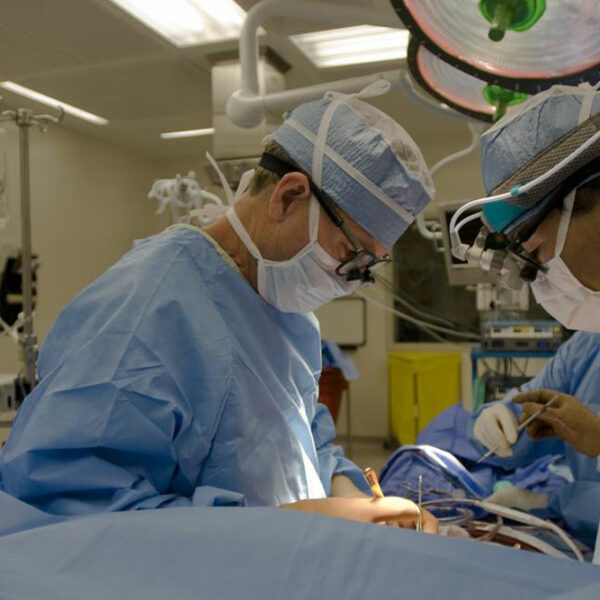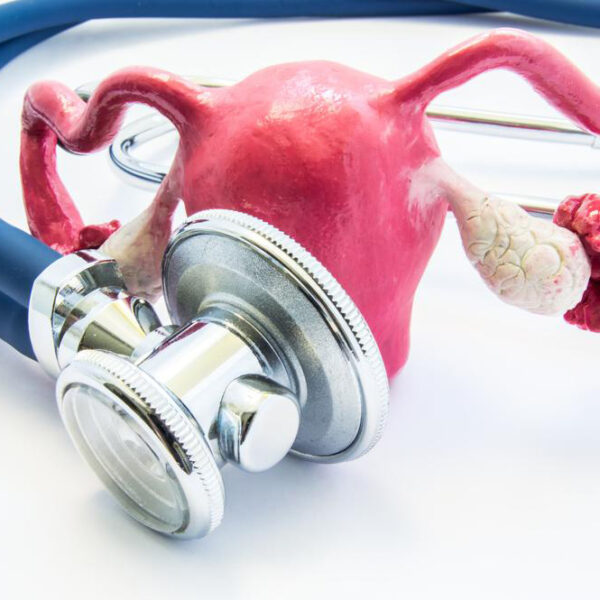
Your diet post gallbladder surgery
If you have just had a gallbladder surgery, or are going to have one, and want to know how the surgery will affect your diet, read on. Gallbladder surgery in medical terms is called Laparoscopic gallbladder surgery and is considered to be the best method for treating gallstones that causes lot of pain. A gallbladder removal surgery is done when the stones in the gallbladder start to cause symptoms. A gallbladder surgery does not create a lot of problems in your daily life as long as you follow a diet that eases your digestion without the gallbladder. You don’t need to have a special diet plan; however, you need to be gradual enough with your diet right after your surgery. For example, you have to be extra careful with what you include in your diet after your gallbladder has been removed. For the first few days after the surgery, you will probably be asked to stick to liquid diets, broths, and gelatin. Fried food, high-fat foods, foods with strong odors, and gas-causing foods should be avoided. Do not have heavy meals and limit your diet to small and frequent meals. Low-fat diet is what one can follow after the surgery.

